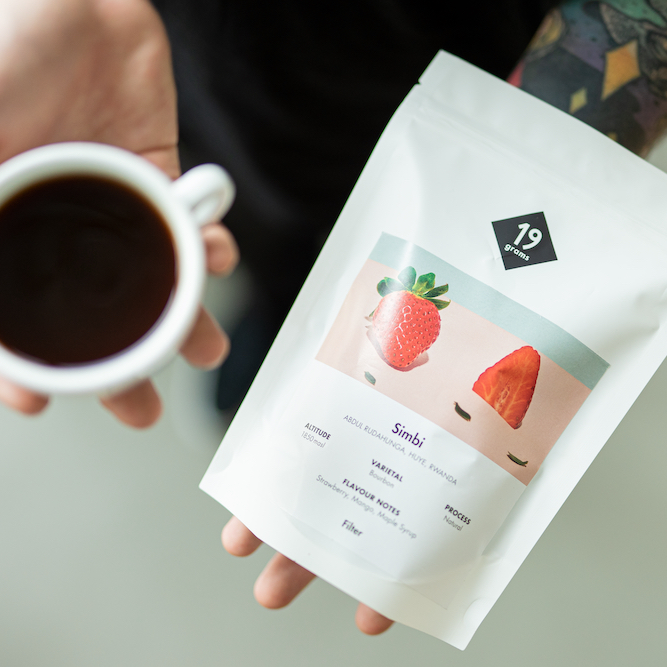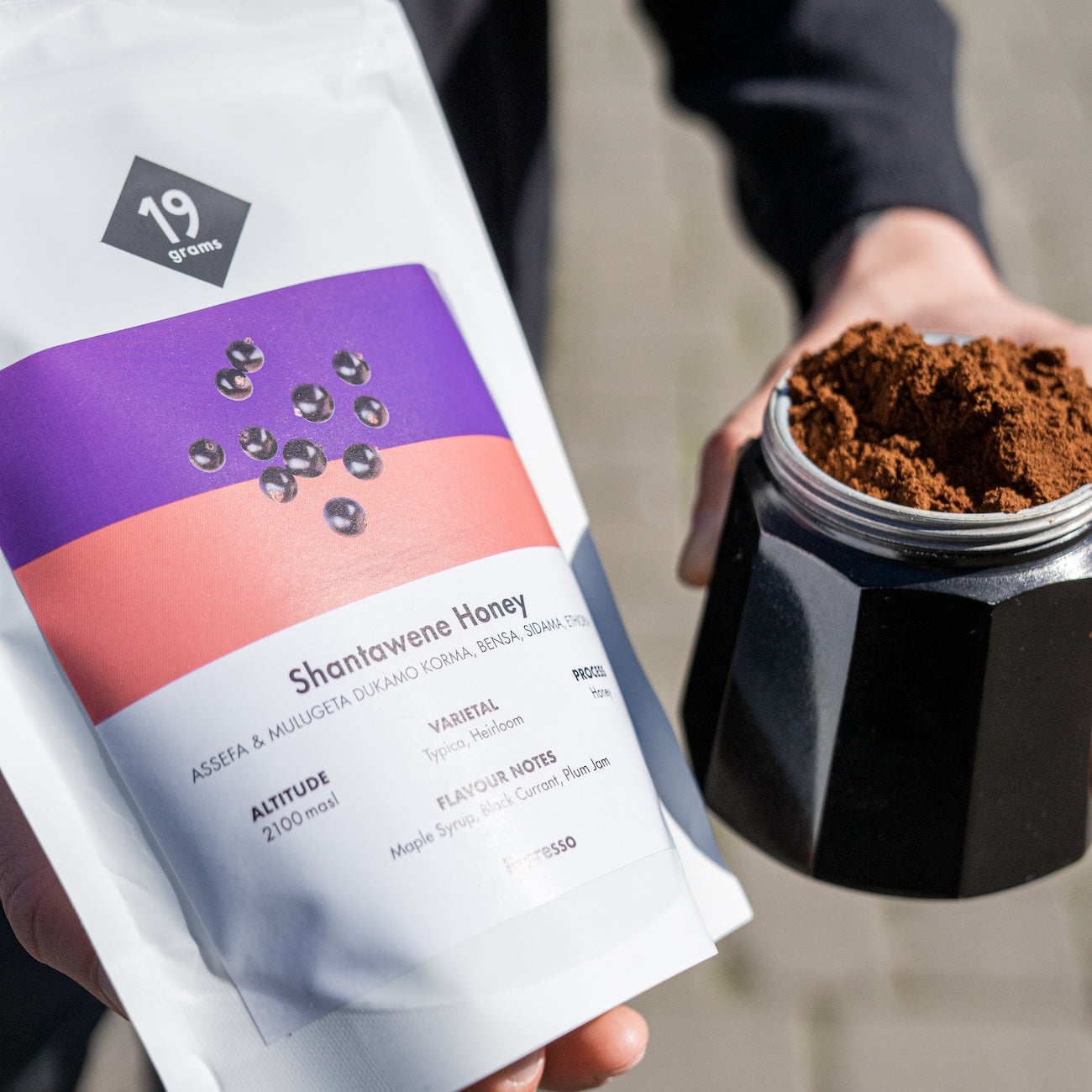A Beneficio is a processing station for coffee, often used immediately after harvesting. It can either be a stand-alone facility or part of a plantation or factory. In large plantations, the Beneficio is often located directly on site to allow for quick processing of the coffee cherries.
A large part of the coffee processing takes place in the Beneficio. There, the coffee is dried, stored and finally filled into bags. The coffee is usually brought to the Beneficio pre-dried and then completely dried over several days. After drying, the parchment skin is removed from the coffee beans in a hulling process. The coffee is also cleaned of husk residues and impurities, and defective beans are sorted out. Finally, the coffee is packed into bags and leaves the Beneficio ready for transport.
Different reprocessing methods are used at Beneficio. Wet and dry processing are the most common. In wet processing, the peeled coffee beans or those from which the pulp has been removed are fermented in a water bath. They are then thoroughly cleaned to remove pulp residues and parchment and silver skins. The beans are then spread out on special drying areas and dried until they reach a moisture content of about 12%. In dry processing, on the other hand, the whole coffee cherries are dried until the coffee beans can be easily detached from the cherries. Here, too, the beans are dried further until they have a moisture content of about 12 %. In contrast to wet processing, no fermentation takes place. There is also semi-dry preparation, in which the beans are processed in a cylinder. In this process, ripe and unripe coffee cherries are separated and the pulp is largely removed from the ripe specimens before the beans are dried in this method as well.
A dry Beneficio is a grinder used to hull the coffee beans and remove the excess hulls from the coffee beans. In the hullers, the coffee beans are either spun against a resistance or broken up by pressure.
Sorting the coffee beans is another important process at Beneficio. The beans are sorted according to size, density and colour so that a quality classification can be carried out later. This is done either manually or with the help of mechanical or electronic sorting machines.







